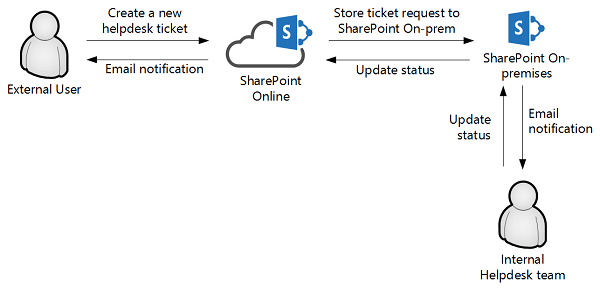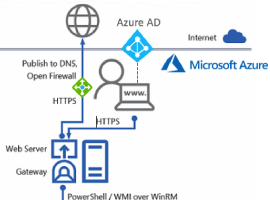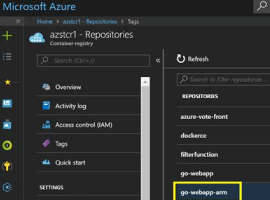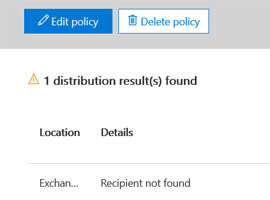We have heard a lot about hybrid model between SharePoint on-premises and Office 365, along with many benefits and reasons, from making the best use of your investment to on-premises to utilizing workloads running beneath cloud-based infrastructure, while meeting the requirement of data compliance regulatory. The buzzword about SharePoint hybrid today is almost Search to give end users the access to content stored in both SharePoint On-premises and Office 365. You might have heard of connecting on-premises LOB to Microsoft cloud services. But how about workflow which is an inevitable component to a successful digital workplace deployment? Yes, I mean hybrid workflow.
What is hybrid workflow in the scenario of digital workplace?
In the era of digital age, people create content every day and looking for number of different ways to process, automate and store content to make decision. Such an unimaginable amount of data gives IT personnel a headache to prepare infrastructure to store. This concern likely results the investment for cloud. To automate business process with content stored in cloud, hybrid workflow is defined. Basically hybrid workflow is a workflow where your back-end workflow runs in a private cloud (on-premises) while content is stored in a cloud service and people outside of your company can co-work on. We have been using hybrid workflow to handle all kind of workflows from sales, procurement, electronic document approval system and helpdesk. For example, customer logins to your Office 365 as an external user. He goes to a SharePoint Helpdesk subsite and creates a new incident ticket that sends a notification email to the help desk team. The ticket is stored into an SQL database hosted on an on-premises server. The helpdesk team opens up the ticket on the on-premises SharePoint server and work on it. Realizing they need assistance from their vendor, they create their own ticket which creates a record on their external vendor support site on Office 365. So when the vendor respond, they go through Office 365 as well. But since the data is stored in SQL, it goes right back to their SharePoint on-premises. That’s what we call hybrid workflow where Office 365 becomes the gateway for external users. As long as the data can be pushed or stored onto an on-premises server, your internal team can work from their on-premises SharePoint instance.

What would be the key to a successful hybrid workflow deployment?
Hybrid workflow is an important trend because workflow are workloads that are mainly customized and strategic in nature. You need the manageability and control that only a private cloud can provide. The key to a successful hybrid workflow lies in the careful balance in the use of resources from the public cloud versus private cloud. You must be able to leverage on your contents on the cloud, e.g. entity, security, documents, lists, emails, contacts, calendar and etc.… to mesh up with your LOB data e.g. ERP, HR, CRM data to build your workflow. The whole point for your hybrid workflow is to reuse all the existing contents, no matter where they are to create a unifying workflow. Don’t forget you also need to include your invited users (i.e. external users) as they could play a vital role to your workflow when you are handling external workflows such as procurement and service/support scenarios. That is the sweet spot for Office 365 – making it your enterprise external gateway.
You can technically build a hybrid workflow with number of different modern web technologies. Specifically, since Microsoft announced the future of SharePoint with its new open framework, you have a lot of options in customization. However, you always have to consider the investment balance in which customization cost might bunch you out. It would be a consideration if any tool that supports hybrid workflow deployment. In the market as far as I know there are two workflow tools that simplify the hybrid workflow build: WebPart360 and Nintex. These tools have many built-in action controls and web services that allow you to very quickly set up hybrid workflow model between your on-premises SharePoint to Office 365.
About the Author

Thuan Nguyen
Thuan is the Microsoft Solution Architect for FPT Software in Japan where his duties are architecting, planning and implementing advanced business solutions utilising a variety of Microsoft technologies for mid-tier and large organisations including government agencies. Thuan has 7 years of experience with SharePoint & Microsoft platform with extensive experience on designing a comprehensive architecture including aspect of infrastructure, design pattern, security, information architecture or so on. Having been awarded the Microsoft SharePoint MVP since 2011, he likes to share Microsoft technologies with the community around the world.











